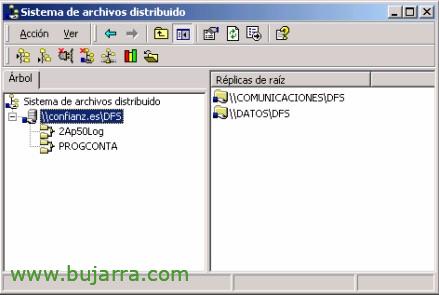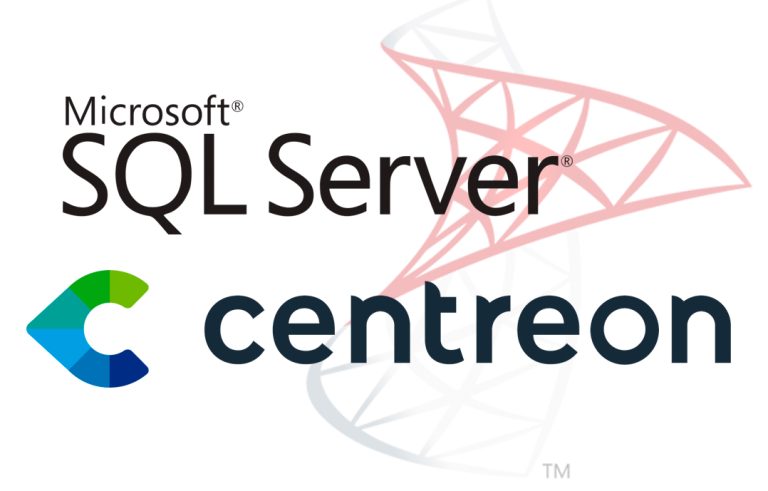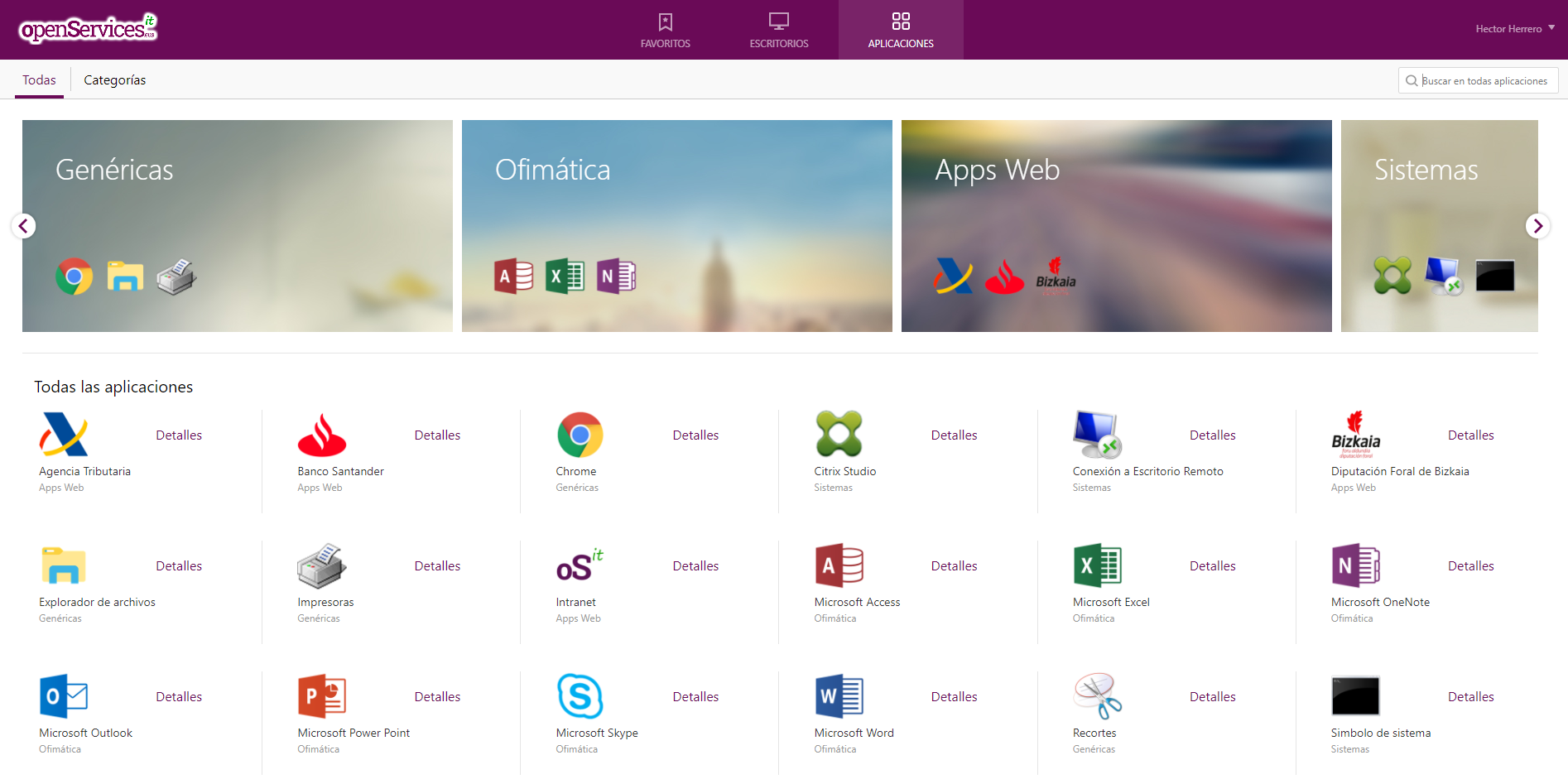
Distributed File System – DFS – Distributed File System
This service is fundamentally for when a company has more than one server and these are file servers.. Let's consider a scenario where all employees are working against a server and it crashes., Until the server is back up, it is impossible for the employees to continue working.. With DFS, it is possible that if the file server crashes, they can continue working against another server.. And employees should not be working against the server in this manner.: SERVERFOLDERocumento.eso sino: DOMAINFOLDERAocumento.eso. What this does is have them working against one server while replicating the data to the other server.. In case of a server crash, they can continue to work on the other one..

Before configuring DFS on DATA, we need to change the Operations Master to COMMUNICATIONS, so that in case the service on DATA goes down, we can start DFS from this server. To do this, we will go to Users and Computers of the DA from COMMUNICATIONS and set it as the operations master.

We change the RID operations master from DATA to COMMUNICATIONS by clicking the 'Change' button

Now we choose who is the Primary Domain Controller. It would be changed the same way as the previous screen by clicking the 'Change' button.

And in this last tab, the same task as in the previous ones, we need to specify which is the new operations master. Pinchando en el botón ‘Cambiar’ nos pondría el nuevo controlador de dominio que sería COMUNICACIONES.

Esta sería la pregunta que nos hace el directorio activo al pinchar en el botón cambiar de cada pestaña, confirmaríamos la pregunta y ya tendríamos a COMUNICACIONES como maestro de operaciones del dominio.

Una vez realizada la tarea anterior debemos crear el DFS en el servidor DATOS. Para ello abrimos la consola ‘mmc’ de las Herramientas administrativas llamada ‘Sistema de archivos distribuido’. Una vez ahí debemos crear la raíz DFS con el botón derecho. Metemos el nombre del servidor donde se creará esta nueva raíz DFS y una carpeta compartida con el nombre del DFS. En este caso he creado una en DATOSDFS y para acceder desde dominio sería: CONFIANZDFS

Una vez creada la raíz DFS se deben meter vínculos a las carpetas existentes del servidor. Desde el botón derecho, ‘Nuevo Vinculo DFS…’
En este caso creamos un vinculo a una carpeta que está en DATOS2Ap50Log y para acceder: CONFIANZDFS2Ap50Log

Después creamos otro vinculo a otra carpeta, en este caso para acceder iremos a CONFIANZDFSPROGCONTA aunque la ruta real esté en DATOSPROGCONTA. El DFS nos serviría en caso que el servicio DFS de DATOS se caiga y no tengamos que modificar las unidades mapeadas de los clientes, sino que apunten a CONFIANZDFS

Para lo comentado en el punto anterior debemos crear una replica de la raíz en otro servidor por si DATOS no estuviese disponible. Para ello con el botón secundario del ratón pinchamos en ‘Nueva replica de raíz…’

De un listado escogemos un controlador de dominio que no tena raíz DFS y le damos a continuar, en nuestro caso sería COMUNICACIONES.

Y este sería el estado final del DFS del dominio confianz.es. Veríamos los dos vínculos que tiene, pudiendo crear más posteriormente y en que servidores está replicado el DFS.











































